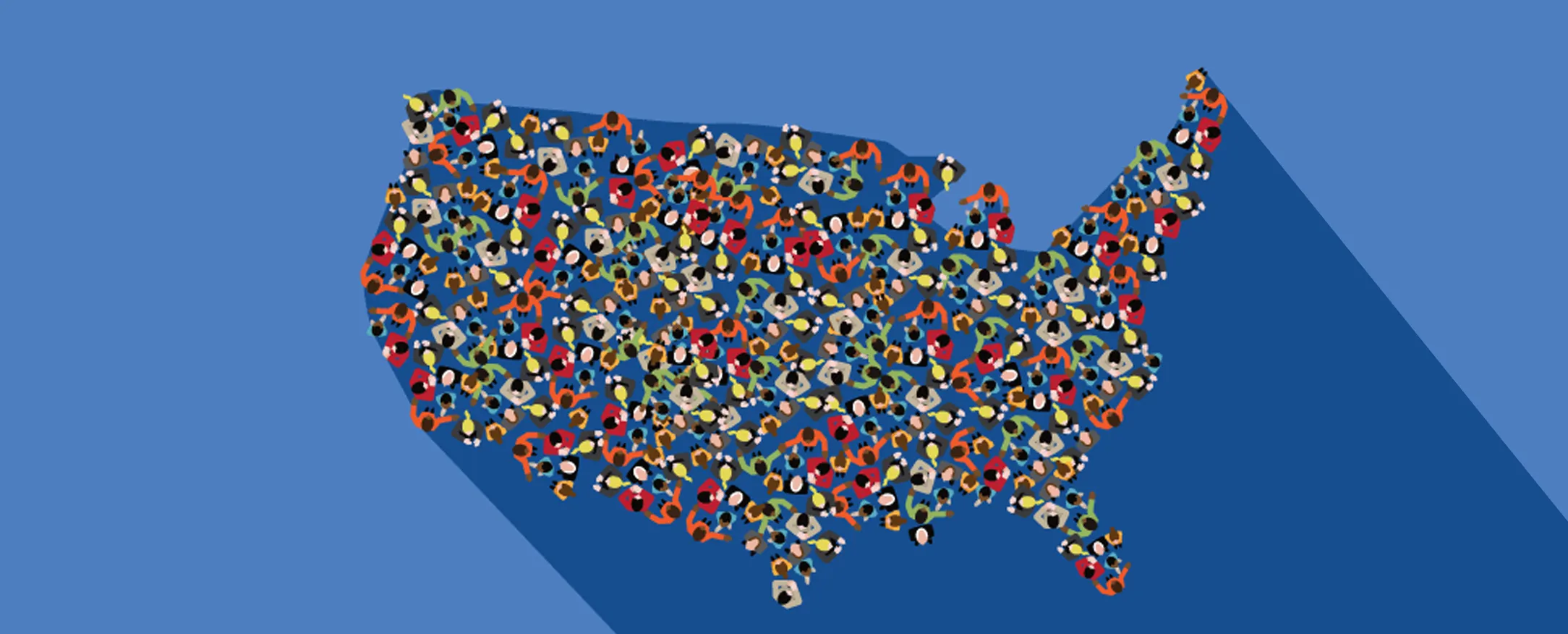AI-driven conversational surveys at scale
Quality assurance for reliable research data
Access global research participants with precision
Simplified workflow for Amazon Mechanical Turk projects
Full-service research solutions from our experts
Recent Press Coverage
See the latest news and featured articles
Enterprise Solutions
PremiumCustom research solutions for businesses with enterprise-grade support and dedicated services.
Research Across Industries
Our research solutions empower organizations of all types to make better data-driven decisions.
Research solutions for universities and academic institutions
Patient insights and clinical research participation
Public sector research and policy insights
Consumer behavior and market analysis studies
Social impact research and community insights
Industry Case Studies
FeaturedSee how organizations across industries leverage our research tools to achieve their goals.
Knowledge Resources
Research insights, tools, and resources to help you design better studies and collect higher quality data.
Find upcoming research conferences and events
Step-by-step guides for effective research design
Original research papers and methodology insights
Latest news, trends, and best practices in research
Research funding opportunities and application tips
Online educational sessions and training webinars
Free Research Resources
PopularAccess our library of free guides, templates, and research tools to jumpstart your next project.
Customer Support
Get the help you need to make the most of CloudResearch's research solutions.
Get in touch with our customer support team
Documentation and help resources
View our pricing plans and subscription options
Need Personal Help?
Live SupportOur expert support team is ready to help you with any questions about our platform.



















